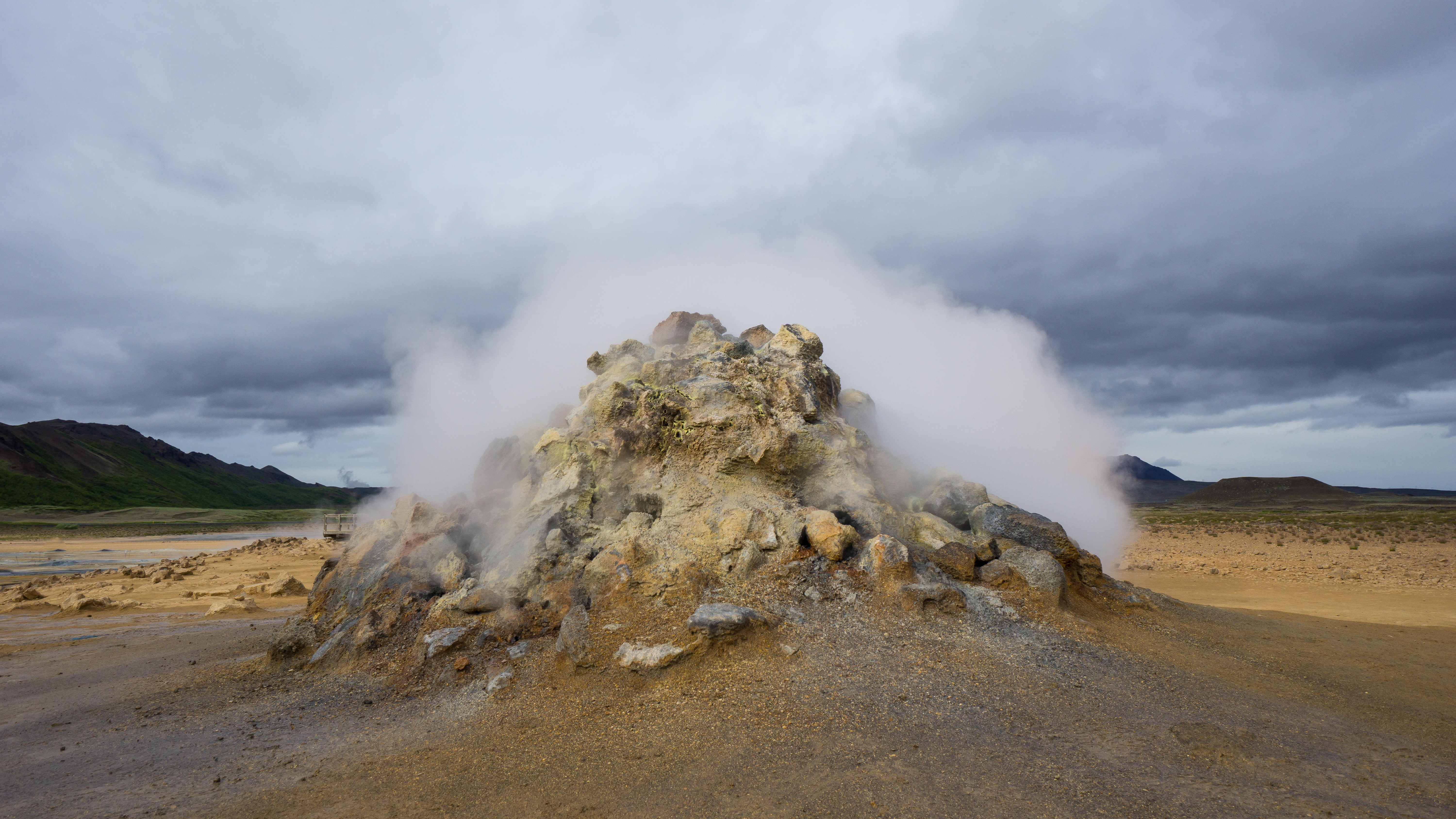Exploring Hydrogen Reservoirs in Earth's Crust for a Sustainable Energy Future

Recent advancements in geological research have unveiled the potential of finding significant reservoirs of hydrogen within the Earth's crust, a discovery that could play a crucial role in facilitating the global transition away from fossil fuels. Preliminary investigations suggest that hydrogen reservoirs are not limited to a single region but may exist in various locations across the globe, including at least 30 states within the United States.
Understanding how large accumulations of hydrogen form and where to locate them has been a challenge for geologists. Chris Ballentine, a professor and chair of geochemistry at the University of Oxford, is leading the charge in this area of research. He shared insights with Live Science, stating, "The game of the moment is to find where it has been released, accumulated and preserved." His recent review paper aims to answer pressing questions about the formation and accessibility of these hydrogen deposits.
According to Ballentine's findings published in the esteemed journal Nature Reviews Earth and Environment on May 13, the Earth’s crust has historically produced enough hydrogen over the past billion years to meet our current energy demands for approximately 170,000 years. However, a major hurdle remains: determining how much of this hydrogen can be efficiently accessed and extracted for use.
The review article provides an "ingredient list" outlining the geological conditions necessary for the natural formation and accumulation of hydrogen gas underground. This list is expected to serve as a valuable guide for researchers and companies eager to locate these reservoirs. Ballentine notes that various exploration companies, including Koloma, Hy-Terra, and Snowfox, are closely examining the specific geological conditions that favor hydrogen gas accumulation, recognizing that these conditions will differ across various geological environments.
To form natural hydrogen reservoirs, three essential components must be present: a source of hydrogen, reservoir rocks, and natural seals capable of trapping the gas underground. There are numerous natural processes capable of producing hydrogen, with the simplest being a reaction that splits water into hydrogen and oxygen. Any rock type that can support at least one of these processes is seen as a potential hydrogen source.
One particularly intriguing location for hydrogen accumulation is Kansas, where geological features known as the Mid-Continent Rift, formed about a billion years ago, have resulted in substantial rock formations, primarily basalt, that can react with water to generate hydrogen. Ballentine mentions, "The search is on here for geological structures that may have trapped and accumulated the hydrogen generated," highlighting the exciting potential for discovery in this area.
In light of previous studies regarding gas release from subterranean rocks, the authors of the review propose that high tectonic stress and elevated heat flow may facilitate the release of hydrogen from deep within the Earth’s crust, bringing it closer to the surface where it could accumulate as a viable commercial resource. The research indicates that a variety of geological contexts, such as ophiolite complexes, large igneous provinces, and Archaean greenstone belts, could be promising targets for exploration.
Ophiolites, which are sections of the Earth's crust and upper mantle that were once located beneath oceans but have since been displaced onto land, may harbor significant hydrogen reserves. Just last year, researchers announced the discovery of a substantial hydrogen reservoir within an ophiolite complex in Albania. In addition, igneous rocks—formed from solidified magma or lava—and Archaean greenstone belts, which date back as far as 4 billion years, offer additional contexts for potential hydrogen accumulation.
Co-author Jon Gluyas, a professor specializing in geoenergy, carbon capture, and storage at Durham University in the U.K., emphasized that the conditions outlined in the review provide foundational principles for hydrogen exploration. The research highlights crucial factors that companies should consider when developing their exploration strategies, including the processes by which hydrogen may migrate or be diminished underground.
Moreover, the review touches on the biological aspect of hydrogen reservoirs. Co-author Barbara Sherwood Lollar, a professor of Earth sciences at the University of Toronto, explained that underground microbes can consume hydrogen, suggesting that environments where these bacteria could interact with hydrogen-producing rocks might not be ideal locations for finding reservoirs. Understanding these biological interactions is vital for successful exploration.
Hydrogen plays a critical role in manufacturing essential industrial chemicals such as methanol and ammonia, a key ingredient in many fertilizers. Additionally, hydrogen is viewed as a cleaner alternative to fossil fuels, capable of powering vehicles and electricity generation. Presently, however, most hydrogen is derived from hydrocarbons, a process that results in substantial carbon emissions. In contrast, hydrogen sourced from underground reservoirs can be classified as "clean" due to its natural occurrence, resulting in a significantly smaller carbon footprint.
As Ballentine succinctly puts it, "Earth's crust produces plenty of hydrogen, and it is now a question of following the ingredient list to find it." With ongoing research and exploration, the potential for harnessing natural hydrogen could pave the way for a more sustainable energy future.


























